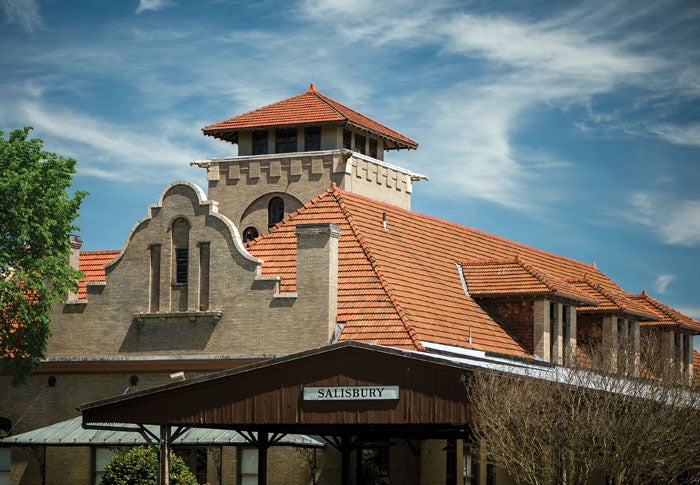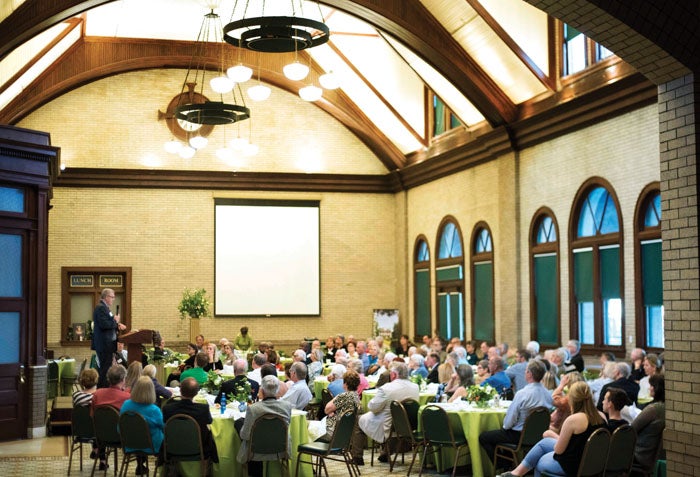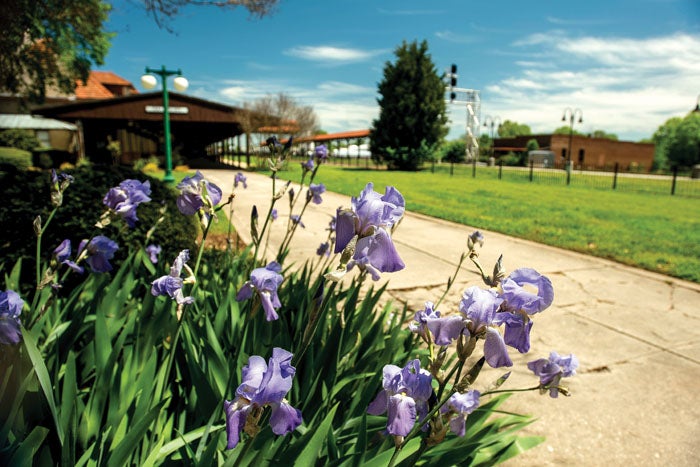Salisbury City Council to consider Depot as historic landmark
Published 12:00 am Tuesday, April 16, 2019
SALISBURY — The Salisbury Historic Preservation Commission on Monday made a recommendation to the City Council to designate the Southern Railroad Passenger Depot as a local historic landmark.
The Depot, a Spanish Mission-style building, was built in 1907-08. It would join the Empire Hotel and Edgar S. Temple House as local landmarks.
Karen Lilly-Bowyer spoke on behalf of the applicant, Historic Salisbury Foundation.
“I hope that you think about the Depot as a landmark and that you recognize it as not only being architecturally significant but also culturally significant for Salisbury and Salisbury’s history,” Lilly-Bowyer said. “It has also been a centerpiece for the revitalization of the railroad warehouse district here.”
Commission Chairman Andrew Walker said the Depot has special significance and integrity, and that it is well-known in Salisbury and even outside the city.
Board member William James said a model of the Depot is on display at the Smithsonian Institution in Washington.
The board unanimously approved the recommendation. Walker congratulated the foundation after its approval.
The designation as a local historic landmark would include the building, platform, concourse and south gardens.
If the City Council approves the Depot as a historic landmark, the owner can apply for an annual deferral of 50 percent of its property taxes as long as the property retains significance and integrity.
The City Council will consider the Depot at its meeting today.
In other business,
• The commission on Monday got into a lengthy discussion that was eventually tabled about Holly Appleton’s request to replace her metal shingle roof with an asphalt shingle roof.
Appleton wants to replace her leaking roof at 228 S. Ellis St.
Walker said due to design guidelines that encourage retention and preservation, the board has generally denied such requests.
Other members, including Elizabeth Trick, agreed, saying, “I don’t know how to get around the design guidelines.”
Commission members asked Appleton about the possibility of retaining the roof or replacing it with a material similar to metal shingles.
Appleton said retaining the roof or using a similar material would cost her an extra $40,000, which she does not have. She added a historic tax credit or a city grant would not be enough to mitigate the cost.
Walker said the commission cannot consider cost as a factor.
“These neighborhoods have a bad reputation because they have the reputation of being a money sink, and on the other hand they provide the city with a valuable asset in terms of character of the neighborhood,” James said.
Member Sue McHugh said she wanted the commission to consider what continually denying requests for roof replacements would do to historic neighborhoods.
“My concern is if we don’t allow the roof replaced in a feasible manner that we endanger the structure of the home, and if we continue to deny based on original materials that we’re going to see the demolition of more of our historic homes,” McHugh said.
Walker said the guidelines are clear that the request should be denied. The commission could consider changing the guidelines in the future.
“The consequence will be all the tin roofs will disappear in the historic district,” Walker said.
Board member Steve Cobb said Appleton could look into consulting with a contractor through the Historic Salisbury Foundation who might be able to retain the roof at a decent price.
Appleton said she would consider some options and come back to the Historic Preservation Commission’s meeting in May.
• The commission denied a request from Kevin Drake at 1431 N. Main St. to remove a low wall in front of his property that is corroded and falling apart.
The commission said that the removal would not be consistent with guidelines that say original fences and walls should be preserved.
Drake argued that he could not find someone to redo one of the four pillars and it is not affordable. After the commission denied his request, Drake asked the commission if he could leave the wall as is. They said he could.
• The commission approved several modifications to 117 S. Shaver St.
Ken Weaver, with JJ Barrgam LLC, asked for approval for a small addition to the back of the house and to rearrange the windows and reconfigure the shed roof line. Weaver said the repairs would be made in hopes of renting out the house.








